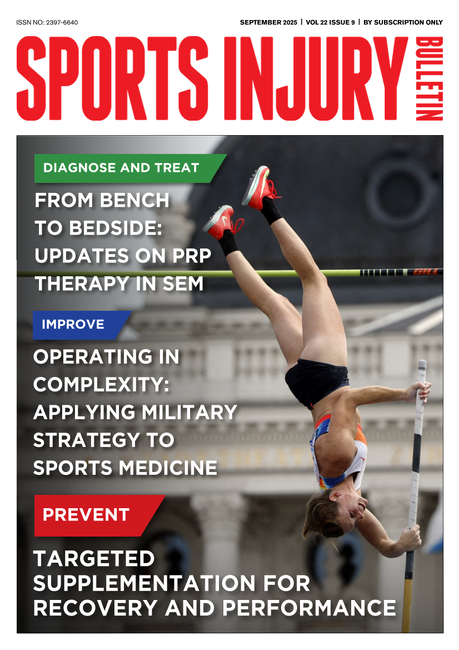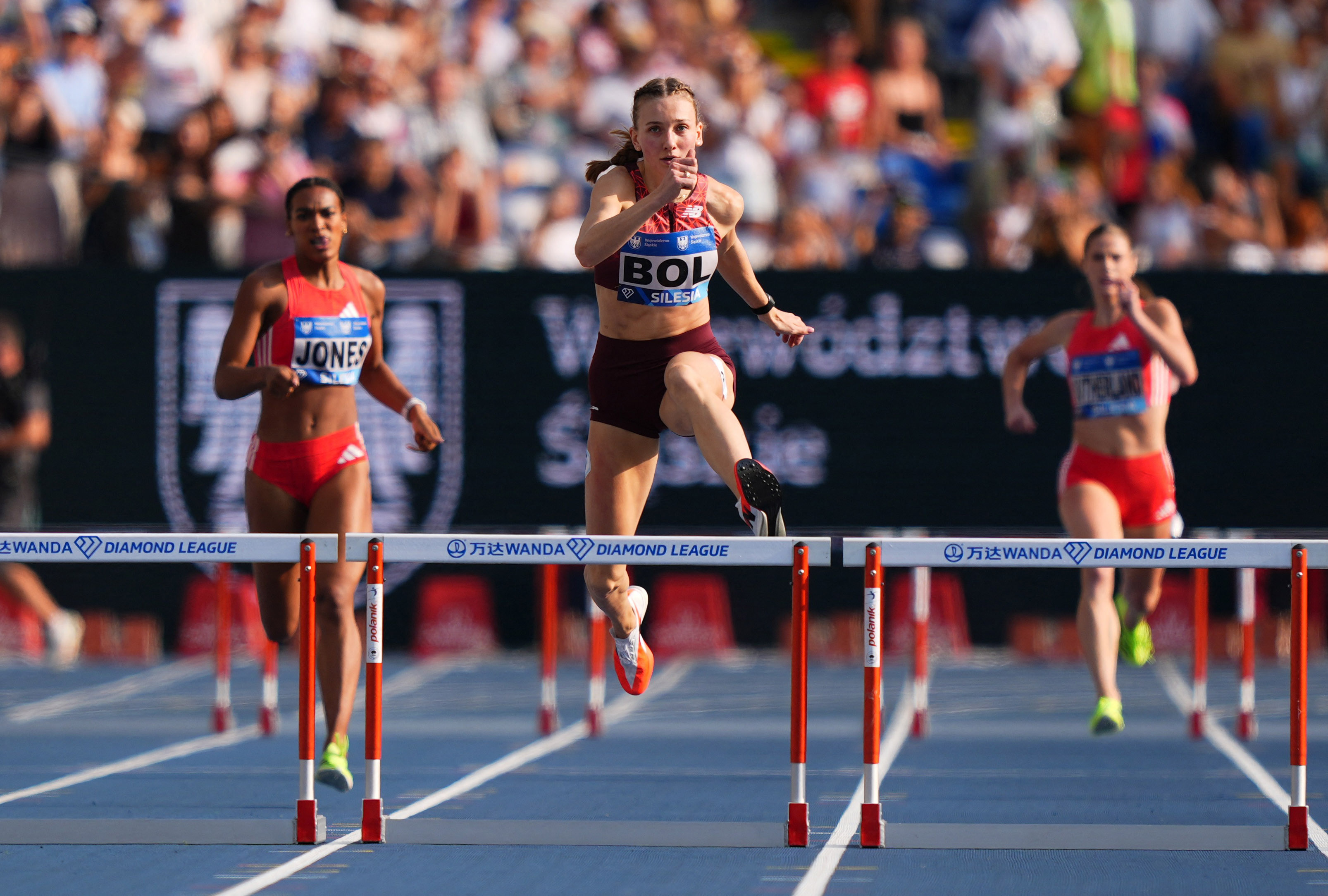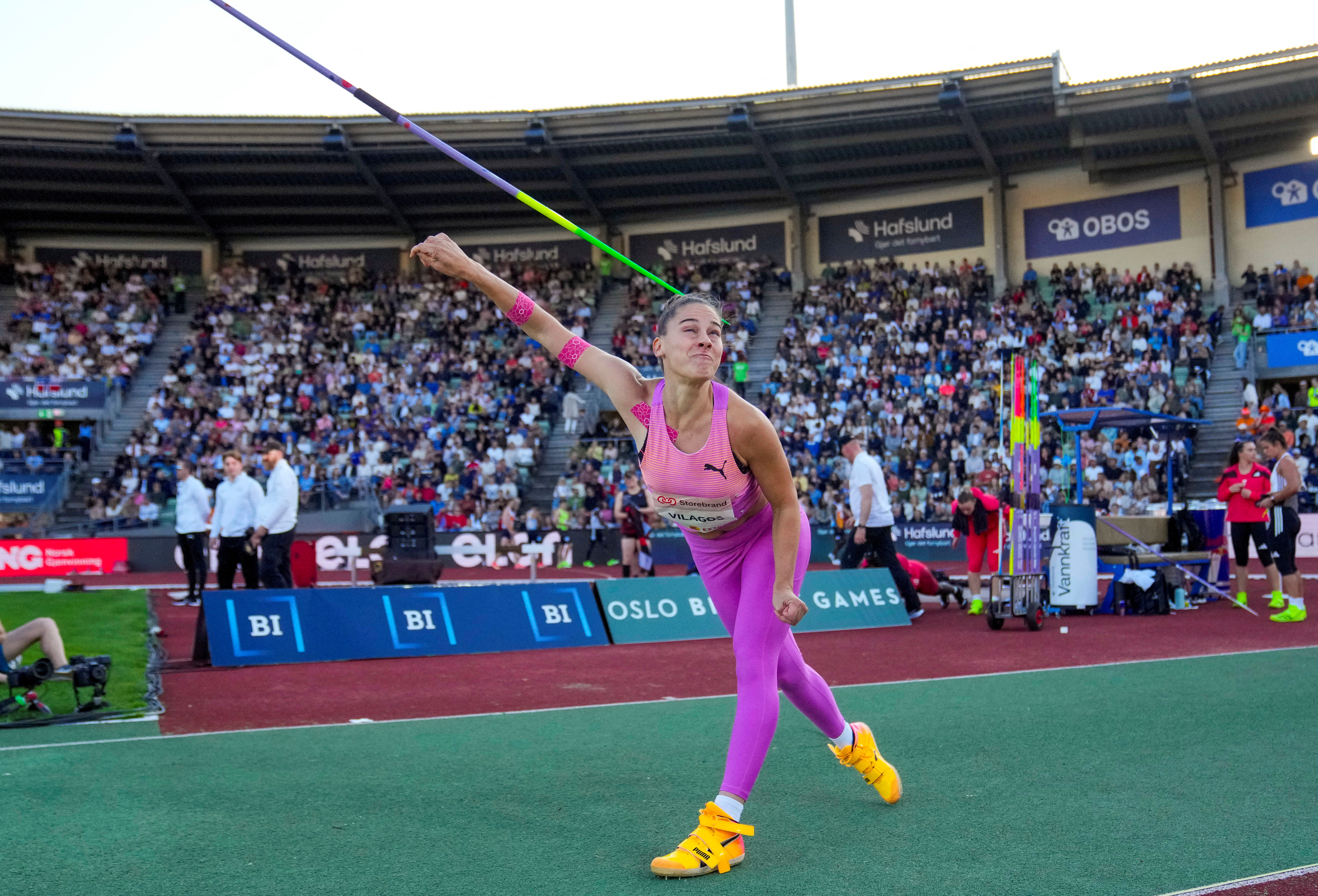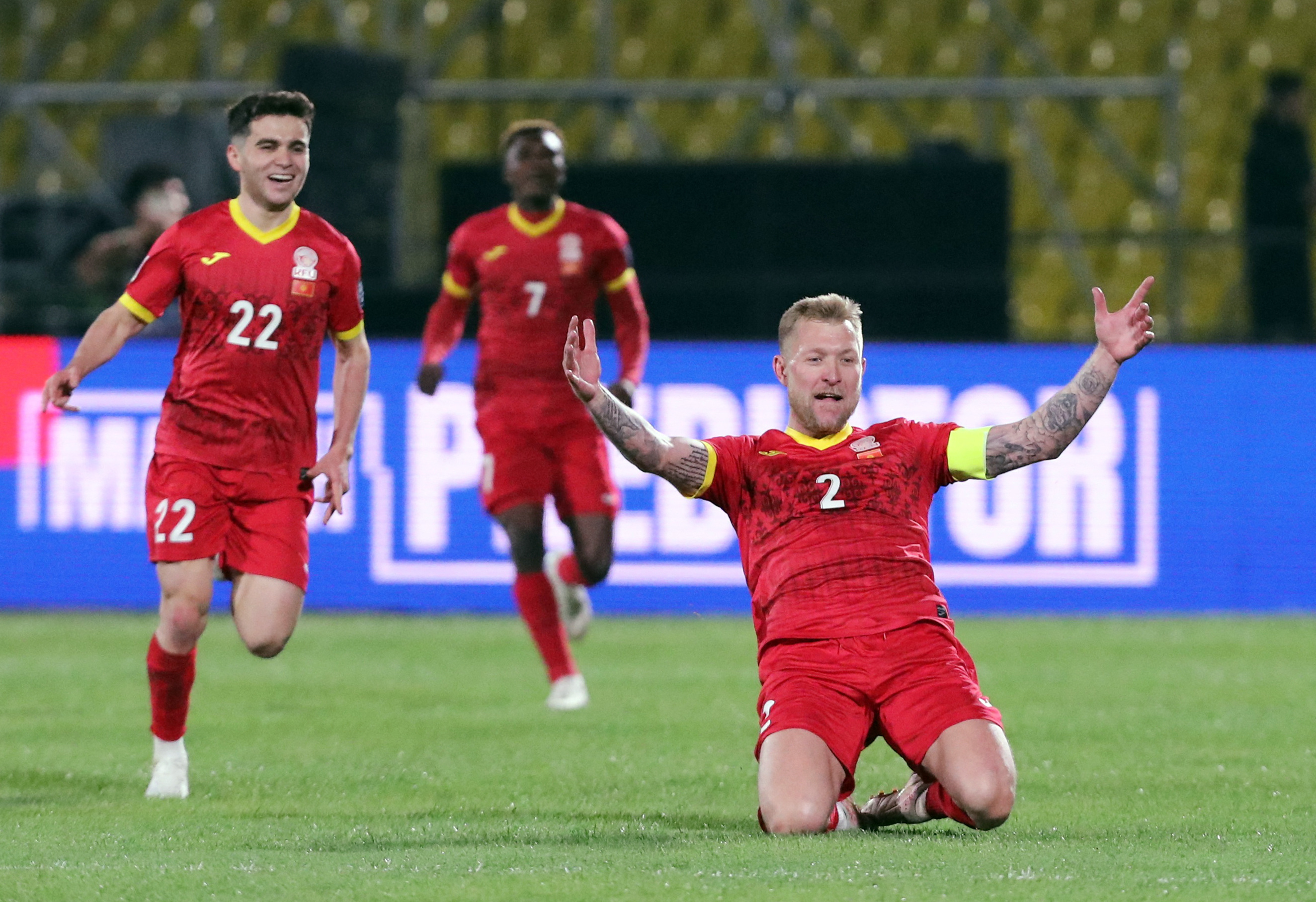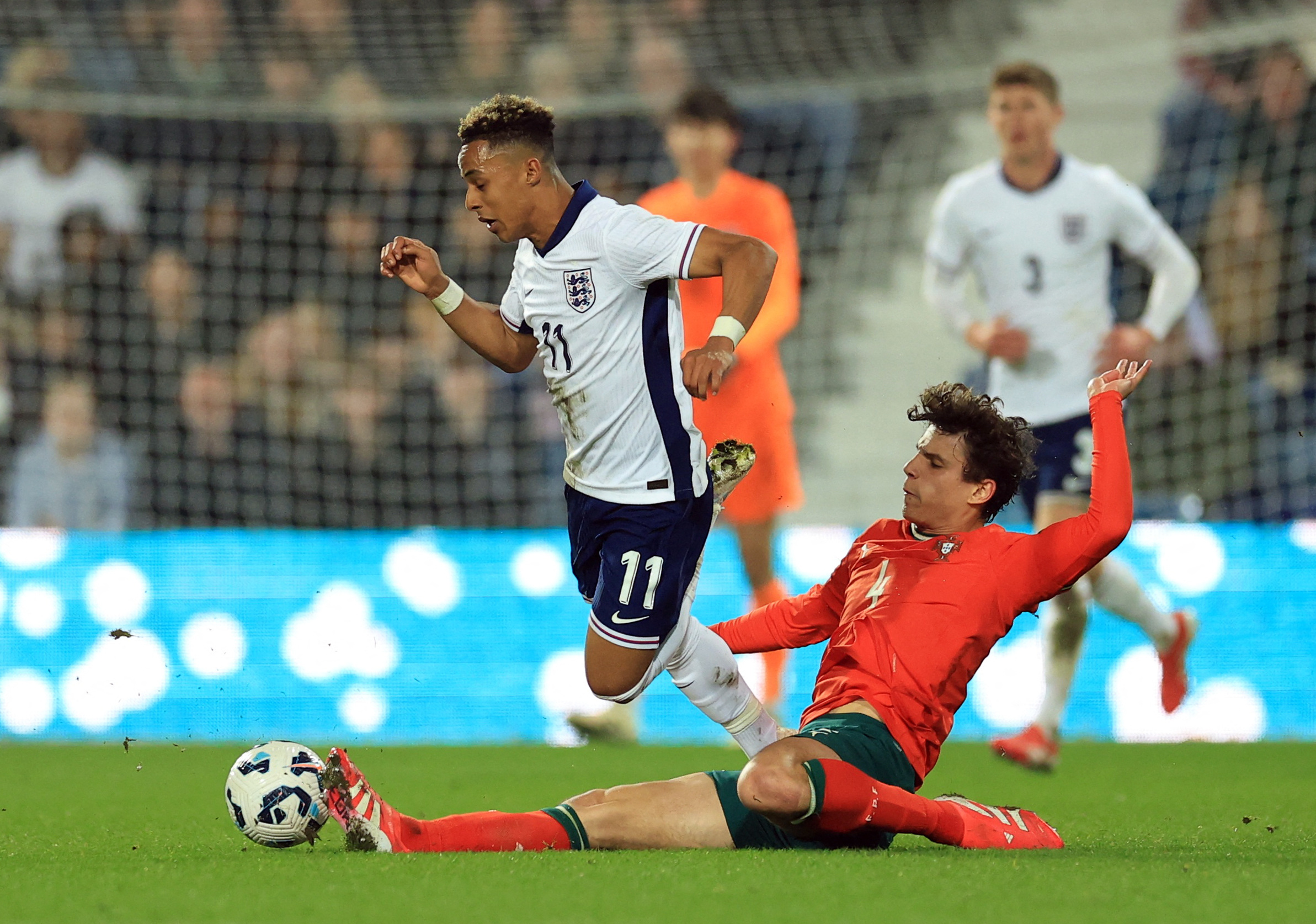Hip, hip, hooray! Athletes don’t have to call it a day
Developmental hip dysplasia has the potential to derail the physical development of athletes at all levels. However, with early identification and accurate treatment, athletes can return to competitive sports and remain physically active for years to come. Candice MacMillan discusses the diagnosis and management of DHD and provides guidelines on getting athletes back to sports.
Developmental hip dysplasia (DHD) is a disorder associated with anomalies in the articular and periarticular anatomy of the hip. The associated structural abnormalities result in hip instability, capsular laxity, and abnormal growth of the acetabulum(1,2). Subsequently, the biomechanics of the hip are affected. The multifactorial etiology includes genetic, environmental, and mechanical risk factors(2).
Developmental hip dysplasia is common in sports such as ballet, gymnastics, figure skating, competitive cheerleading, and wrestling(3,4). Athletes who participate in these sports use their hips in a supraphysiologic, mechanically complex manner. From a performance perspective, increased joint range of motion and flexibility associated with DHD is a favorable attribute until joint deterioration occurs(3). Repetitive movement in these extreme ranges of motion results in compensatory osseous and muscular pathology(1,3,5). Whether innate or acquired, these athletes have some hypermobility predisposing them to hip impingement or instability(4,5). Athletes with inherent generalized hyperlaxity are at increased risk of injury and may require longer recovery times to return to performance (RTP). If left untreated, symptomatic DHD leads to early-onset osteoarthritis. Both nonoperative and operative treatments (arthroscopic and open) have an essential role in returning athletes to their preoperative performance levels(1,3,6).
Anatomy and pathology
The hip is a synovial, ball-and-socket joint formed by the femoral head that fits into the acetabulum. The development of the acetabulum and femoral head is closely interrelated, and interference during infancy or early childhood affects the congruency of these structures leading to DHD(1,4). More specifically, DHD is a disorder in which the abnormal development of the hip results in a shallow acetabulum with limited anterior and lateral cover of the femoral head (see figure 1)(2).
You need to be logged in to continue reading.
Please register for limited access or take a 30-day risk-free trial of Sports Injury Bulletin to experience the full benefits of a subscription. TAKE A RISK-FREE TRIAL
TAKE A RISK-FREE TRIAL
Newsletter Sign Up
Subscriber Testimonials
Dr. Alexandra Fandetti-Robin, Back & Body Chiropractic
Elspeth Cowell MSCh DpodM SRCh HCPC reg
William Hunter, Nuffield Health
Newsletter Sign Up
Coaches Testimonials
Dr. Alexandra Fandetti-Robin, Back & Body Chiropractic
Elspeth Cowell MSCh DpodM SRCh HCPC reg
William Hunter, Nuffield Health
Be at the leading edge of sports injury management
Our international team of qualified experts (see above) spend hours poring over scores of technical journals and medical papers that even the most interested professionals don't have time to read.
For 17 years, we've helped hard-working physiotherapists and sports professionals like you, overwhelmed by the vast amount of new research, bring science to their treatment. Sports Injury Bulletin is the ideal resource for practitioners too busy to cull through all the monthly journals to find meaningful and applicable studies.
*includes 3 coaching manuals
Get Inspired
All the latest techniques and approaches
Sports Injury Bulletin brings together a worldwide panel of experts – including physiotherapists, doctors, researchers and sports scientists. Together we deliver everything you need to help your clients avoid – or recover as quickly as possible from – injuries.
We strip away the scientific jargon and deliver you easy-to-follow training exercises, nutrition tips, psychological strategies and recovery programmes and exercises in plain English.

